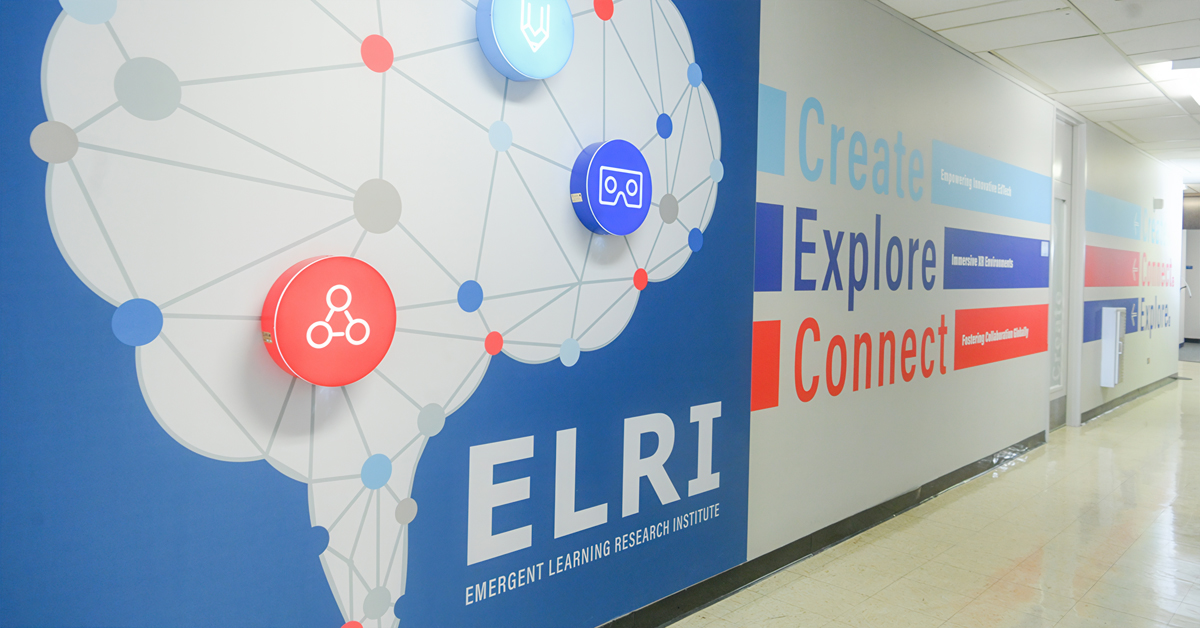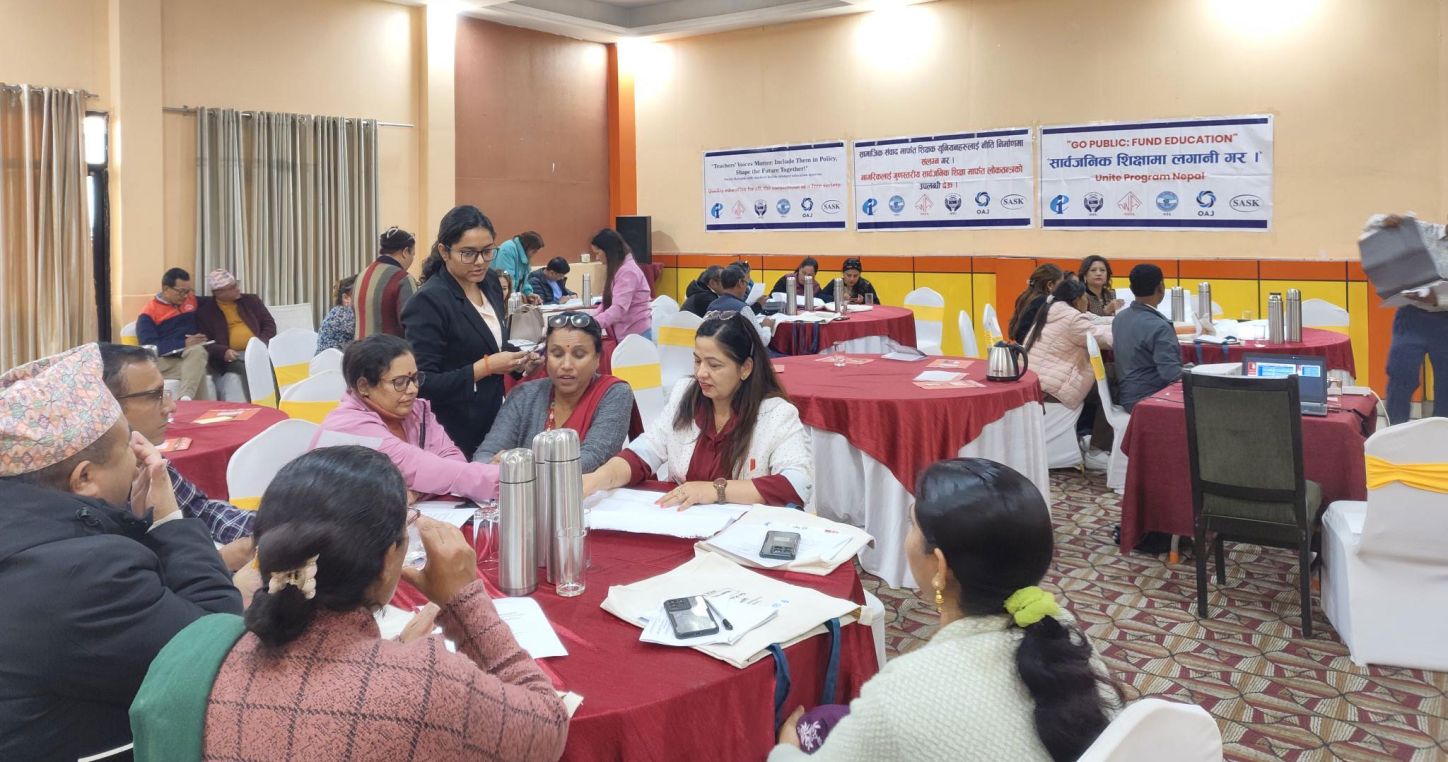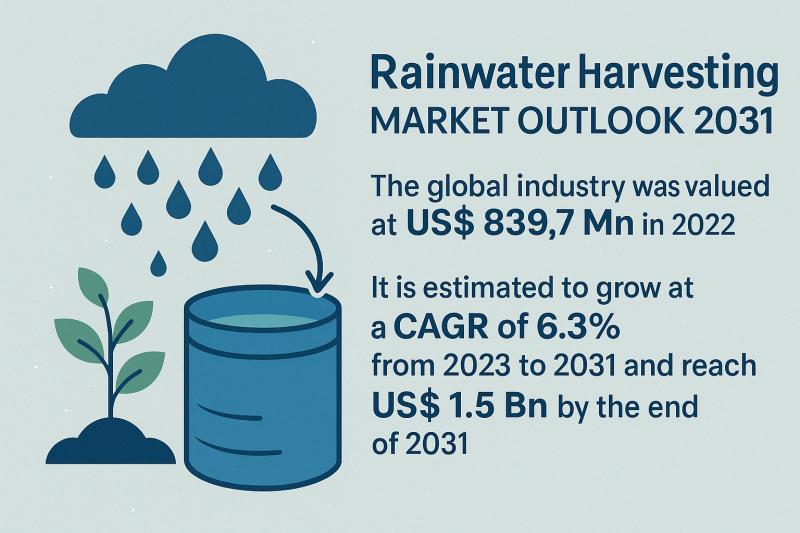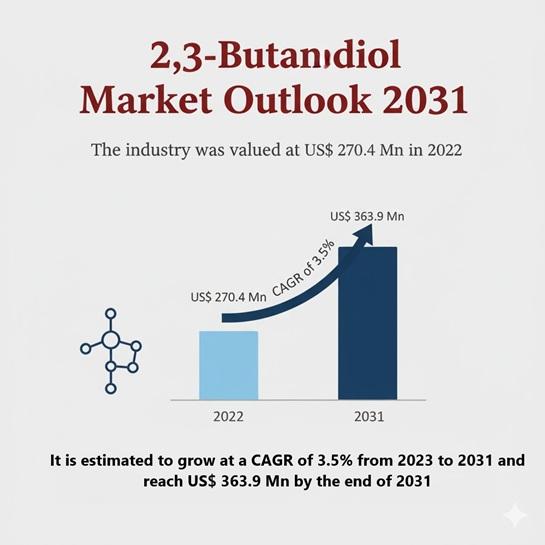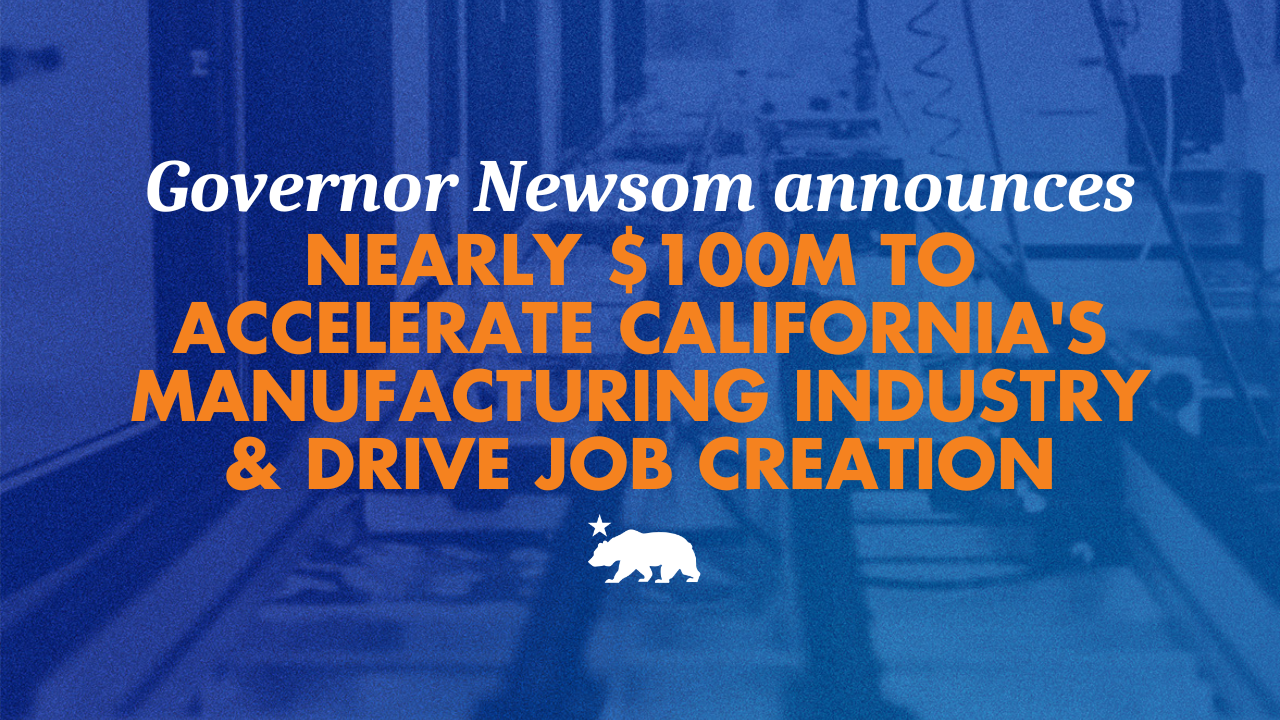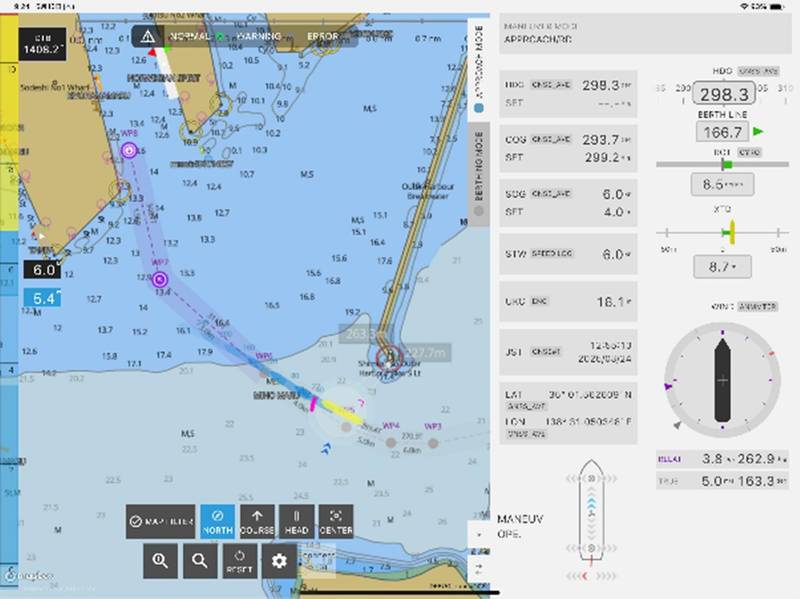General counsel and legal supply chain management guide – Thomson Reuters Legal Solutions
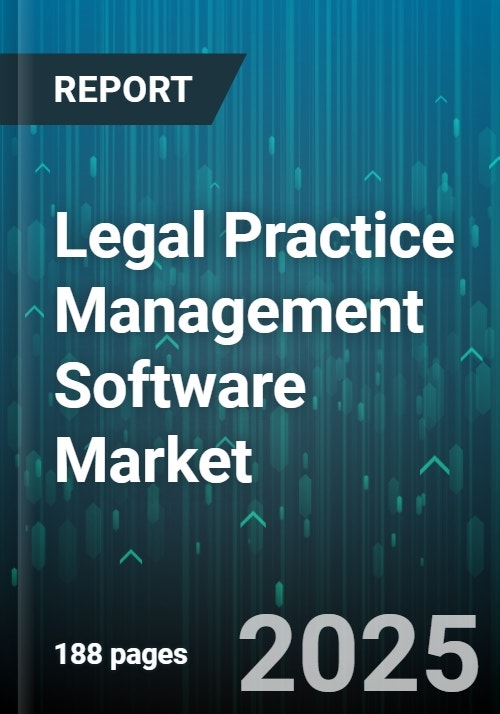
Report on the Evolving Role of General Counsel in Sustainable Supply Chain Management
This report outlines the strategic evolution of the General Counsel’s (GC) role from a reactive legal advisor to a key partner in constructing resilient, compliant, and sustainable supply chains. This shift is driven by global disruptions and a heightened focus on achieving the United Nations Sustainable Development Goals (SDGs).
The Modern Supply Chain: A Framework for Sustainable Development
Supply chain management has transcended its traditional focus on efficiency and cost. It now encompasses a complex system of flows that must be managed in alignment with global sustainability standards. This modern approach is critical for advancing several SDGs.
Core Operational Components
- Planning: Forecasting demand and aligning operations with responsible production principles.
- Sourcing: Selecting and managing suppliers who adhere to ethical labor and environmental standards.
- Manufacturing: Converting raw materials into finished goods through processes that minimize environmental impact.
- Logistics: Storing and distributing goods in a manner that supports climate action and resilient infrastructure.
- Returns: Managing reverse logistics to promote a circular economy, directly contributing to SDG 12 (Responsible Consumption and Production).
Integration of Digital and Sustainable Governance
Modern supply chains incorporate advanced systems to meet contemporary challenges, directly supporting key SDG targets:
- Digital Infrastructure: Provides real-time visibility, enhancing transparency and accountability in line with SDG 12.
- Regulatory Tracking: Ensures legally compliant and ethical sourcing, preventing forced labor and upholding SDG 8 (Decent Work and Economic Growth).
- Cybersecurity Protocols: Protects critical data and logistics networks, building resilient infrastructure as called for in SDG 9 (Industry, Innovation, and Infrastructure).
- AI and Blockchain Systems: Deployed for forecasting, authentication, and compliance monitoring, which strengthens institutional integrity and justice under SDG 16 (Peace, Justice and Strong Institutions).
General Counsel’s Expanded Mandate in Advancing SDG-Aligned Supply Chains
The GC’s role has expanded dramatically to address the multifaceted risks and opportunities within global supply chains. Legal teams are now integral to embedding sustainability into corporate strategy.
Ensuring Regulatory Compliance and Ethical Governance
The GC is responsible for navigating a complex web of international regulations. This includes enforcing laws against forced labor and ensuring environmental reporting obligations are met, which directly supports SDG 8 and SDG 13 (Climate Action). By establishing robust governance frameworks, the GC helps fortify corporate practices in alignment with SDG 16.
Driving Environmental, Social, and Governance (ESG) Integration
As ESG criteria become central to corporate value, the GC leads the creation and enforcement of sustainable sourcing policies. This involves implementing due diligence protocols and audit rights to track performance against ESG requirements, ensuring the company contributes positively to SDG 12 and protects human rights throughout its value chain.
Mitigating Geopolitical and Climate-Related Risks
In an era of routine disruptions from geopolitical tensions, pandemics, and extreme weather events, the GC is pivotal in developing crisis response plans. This proactive risk management builds operational resilience, a core component of SDG 9, and ensures the business can adapt to climate-related challenges as outlined in SDG 13.
Navigating Global Trade Volatility and Its Impact on Sustainable Development
Geopolitical actions, such as the imposition of broad tariffs, introduce significant volatility that can undermine progress toward the SDGs. The GC plays a central role in navigating this uncertainty.
The Challenge of Tariffs to Sustainable Economic Growth
Sudden and widespread tariffs disrupt established sourcing strategies and increase costs, creating instability that challenges the principles of SDG 8 and SDG 17 (Partnerships for the Goals). This volatility requires legal teams to develop agile and forward-thinking strategies.
Legal and Strategic Responses to Trade Instability
The GC must guide the business through complex and often ambiguous trade regulations. Key responsibilities include:
- Drafting flexible contracts with tariff-adjustment clauses and risk-sharing mechanisms.
- Conducting rigorous due diligence on country-of-origin classifications and trans-shipment practices to ensure compliance and uphold the rule of law, a tenet of SDG 16.
- Ensuring meticulous documentation for imports to prevent audits, penalties, and reputational harm.
- Collaborating with government affairs teams to monitor policy developments and advocate for stable trade environments conducive to sustainable development.
Strategic Recommendations for General Counsel
To effectively contribute to building sustainable and resilient supply chains, General Counsel should adopt the following proactive measures:
- Operationalize SDG-Aligned Supply Chain Management: Partner with procurement and compliance teams to map high-risk areas against legal requirements and corporate sustainability commitments. This directly addresses due diligence obligations and advances SDG 8 and SDG 12.
- Embrace Technology Transformation for Sustainability: Champion the adoption of digital tools like AI and blockchain to enhance transparency, auditability, and compliance. Address the associated legal questions around data privacy and ethics to support innovation under SDG 9.
- Create a Supply Chain Crisis Playbook: Lead cross-functional efforts to develop a robust crisis response plan. This playbook should address disruptions from geopolitical events, climate disasters, and regulatory shifts, thereby enhancing resilience in line with SDG 9 and SDG 13.
- Lead with Proactive Governance and Agile Strategy: Move beyond reactive risk review to become an embedded participant in supply chain strategy. This involves structuring agile contracts, conducting regular tariff exposure assessments, and fostering a culture of compliance and ethical governance that underpins SDG 16.
1. Which SDGs are addressed or connected to the issues highlighted in the article?
SDG 8: Decent Work and Economic Growth
- The article directly references the need for legal oversight on “forced labor laws” within supply chains. This connects to ensuring ethical labor practices and eliminating exploitative work conditions, which is a core component of SDG 8.
SDG 9: Industry, Innovation, and Infrastructure
- The central theme of the article is building “resilient” and “agile” supply chains. It highlights the need to fortify infrastructure against disruptions like “geopolitical tensions,” “extreme weather events,” and “cyberattacks.” Furthermore, it emphasizes driving “technology adoption — such as AI, blockchain, and cybersecurity protocols — to enhance transparency, auditability, and compliance,” which aligns with the goal of fostering innovation and upgrading infrastructure.
SDG 12: Responsible Consumption and Production
- The article discusses the growing importance of Environmental, Social, and Governance (ESG) criteria in supply chain management. It mentions that general counsel help “create and enforce appropriate sourcing rules and policies,” conduct “due diligence protocols,” and use “tools to track performance against regulatory and ESG requirements.” This directly relates to promoting sustainable practices and reporting among companies.
SDG 13: Climate Action
- The article identifies “extreme weather events” as a significant cause of supply chain disruptions. This links the need for resilient supply chains to the broader challenge of adapting to climate-related hazards, a key aspect of SDG 13.
SDG 16: Peace, Justice, and Strong Institutions
- The article is fundamentally about governance, compliance, and the rule of law in a corporate context. It details the general counsel’s role in ensuring supply chains are “legally compliant” and “reputationally sound.” It mentions navigating “multiple regulatory regimes,” preventing “customs fraud,” and leading “cross-functional governance,” all of which contribute to building effective, accountable, and transparent institutions at the corporate level.
SDG 17: Partnerships for the Goals
- The article extensively discusses the impact of global trade policies, specifically “tariffs” and “trade restrictions,” on supply chains. It describes how companies must navigate a complex international system shaped by “geopolitical tensions” and varying regulations across countries. The need to manage these global trade dynamics and form strategies for international sourcing relates to the goal of fostering a universal, rules-based, and equitable multilateral trading system.
2. What specific targets under those SDGs can be identified based on the article’s content?
SDG 8: Decent Work and Economic Growth
- Target 8.7: Take immediate and effective measures to eradicate forced labour, end modern slavery and human trafficking. The article explicitly mentions that modern supply chains span “forced labor laws” and that legal teams must align sourcing with “US forced labor import bans,” directly addressing this target.
SDG 9: Industry, Innovation, and Infrastructure
- Target 9.1: Develop quality, reliable, sustainable and resilient infrastructure… to support economic development and human well-being. The article’s core message is about building “resilient and compliant supply chains” that can withstand shocks like the “COVID pandemic,” “geopolitical tensions,” and “extreme weather events.”
- Target 9.4: By 2030, upgrade infrastructure and retrofit industries to make them sustainable… The article points to this target by highlighting the need to “embrace technology transformation” and champion “tech enablement, such as artificial intelligence, blockchain, and contract lifecycle tools that improve transparency and auditability.”
SDG 12: Responsible Consumption and Production
- Target 12.6: Encourage companies, especially large and transnational companies, to adopt sustainable practices and to integrate sustainability information into their reporting cycle. The article states that as “ESG becomes integral to investor expectations,” general counsel help create policies and use “tools to track performance against regulatory and ESG requirements,” including “environmental reporting obligations.”
SDG 13: Climate Action
- Target 13.1: Strengthen resilience and adaptive capacity to climate-related hazards and natural disasters in all countries. The article identifies “extreme weather events” as a major supply chain disruption and advocates for creating a “supply chain crisis playbook” to respond to such emergencies.
SDG 16: Peace, Justice, and Strong Institutions
- Target 16.5: Substantially reduce corruption and bribery in all their forms. This is implied when the article discusses the legal risks of shifting supply chains, such as “country-of-origin misclassification, trans-shipment violations, or outright customs fraud,” which legal teams must prevent.
- Target 16.6: Develop effective, accountable and transparent institutions at all levels. The article emphasizes the need for “proper governance” and “transparency” in supply chains. It describes the general counsel’s role in “leading cross-functional governance to help integrate legal perspectives into internal controls, procurement policy, and reporting.”
SDG 17: Partnerships for the Goals
- Target 17.10: Promote a universal, rules-based, open, non-discriminatory and equitable multilateral trading system. The article’s extensive discussion on navigating “tariffs,” “trade restrictions,” and “rapid shifts in trade policy” highlights the challenges to and the need for a stable and predictable global trading system.
3. Are there any indicators mentioned or implied in the article that can be used to measure progress towards the identified targets?
SDG 8: Decent Work and Economic Growth
- Implied Indicator for Target 8.7: The implementation and enforcement of corporate policies and due diligence processes to comply with forced labor laws. The article mentions aligning “sourcing with corporate commitments with company policies as well as legal requirements like the EU Corporate Sustainability Due Diligence Directive and US forced labor import bans.”
SDG 9: Industry, Innovation, and Infrastructure
- Implied Indicator for Target 9.1: The existence of a “supply chain crisis playbook” to respond to disruptions. Progress can be measured by the development and implementation of such plans within companies.
- Implied Indicator for Target 9.4: The rate of adoption of technologies like “AI, blockchain, and cybersecurity protocols” within supply chain management to improve transparency and compliance.
SDG 12: Responsible Consumption and Production
- Implied Indicator for Target 12.6: The number of companies that have integrated ESG criteria into their supply chain management. The article refers to the use of “tools to track performance against regulatory and ESG requirements” and fulfilling “environmental reporting obligations.”
SDG 13: Climate Action
- Implied Indicator for Target 13.1: The inclusion of climate-related risks, such as “extreme weather events,” in corporate risk assessments and crisis response plans for supply chains.
SDG 16: Peace, Justice, and Strong Institutions
- Implied Indicator for Target 16.5: The number of compliance audits conducted to prevent “customs fraud” and “trans-shipment violations.”
- Implied Indicator for Target 16.6: The establishment of “cross-functional governance” structures that integrate legal and compliance functions into procurement and supply chain planning.
SDG 17: Partnerships for the Goals
- Implied Indicator for Target 17.10: The frequency and impact of “tariffs” and “trade restrictions” on supply chain costs and operations. The article suggests “conducting periodic tariff exposure assessments” as a way to measure this.
4. SDGs, Targets, and Indicators Table
| SDGs | Targets | Indicators (Mentioned or Implied in the Article) |
|---|---|---|
| SDG 8: Decent Work and Economic Growth | 8.7: Eradicate forced labour, end modern slavery and human trafficking. | Implementation of corporate policies and due diligence processes to comply with “forced labor laws” and “US forced labor import bans.” |
| SDG 9: Industry, Innovation, and Infrastructure | 9.1: Develop quality, reliable, sustainable and resilient infrastructure. 9.4: Upgrade infrastructure and retrofit industries to make them sustainable. |
Existence of a “supply chain crisis playbook”; Rate of adoption of technologies like “AI, blockchain, and cybersecurity protocols.” |
| SDG 12: Responsible Consumption and Production | 12.6: Encourage companies to adopt sustainable practices and integrate sustainability information into their reporting cycle. | Integration of ESG criteria into sourcing; Use of “tools to track performance against regulatory and ESG requirements”; Fulfillment of “environmental reporting obligations.” |
| SDG 13: Climate Action | 13.1: Strengthen resilience and adaptive capacity to climate-related hazards and natural disasters. | Inclusion of risks from “extreme weather events” in corporate crisis response plans. |
| SDG 16: Peace, Justice, and Strong Institutions | 16.5: Substantially reduce corruption and bribery. 16.6: Develop effective, accountable and transparent institutions. |
Number of compliance audits to prevent “customs fraud”; Establishment of “cross-functional governance” structures for procurement and policy. |
| SDG 17: Partnerships for the Goals | 17.10: Promote a universal, rules-based, open, non-discriminatory and equitable multilateral trading system. | Conducting “periodic tariff exposure assessments” to measure the impact of trade restrictions on supply chains. |
Source: legal.thomsonreuters.com

What is Your Reaction?
 Like
0
Like
0
 Dislike
0
Dislike
0
 Love
0
Love
0
 Funny
0
Funny
0
 Angry
0
Angry
0
 Sad
0
Sad
0
 Wow
0
Wow
0





